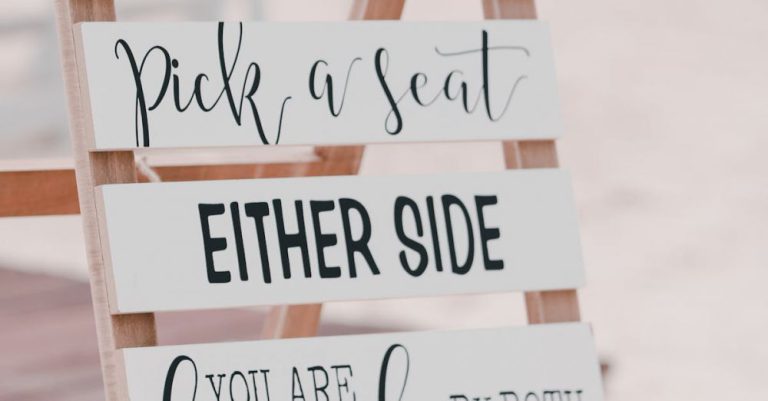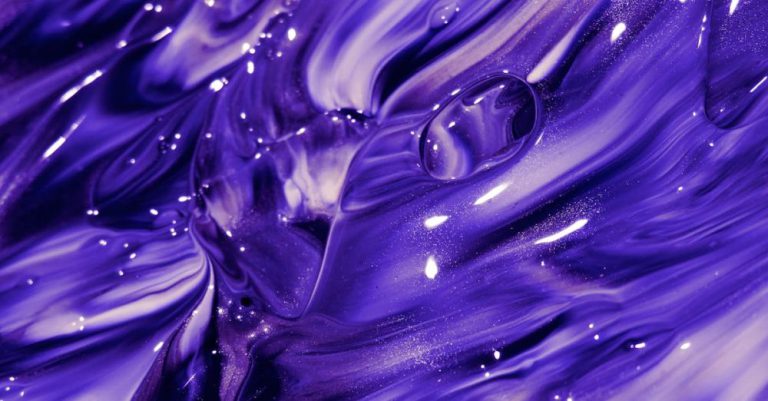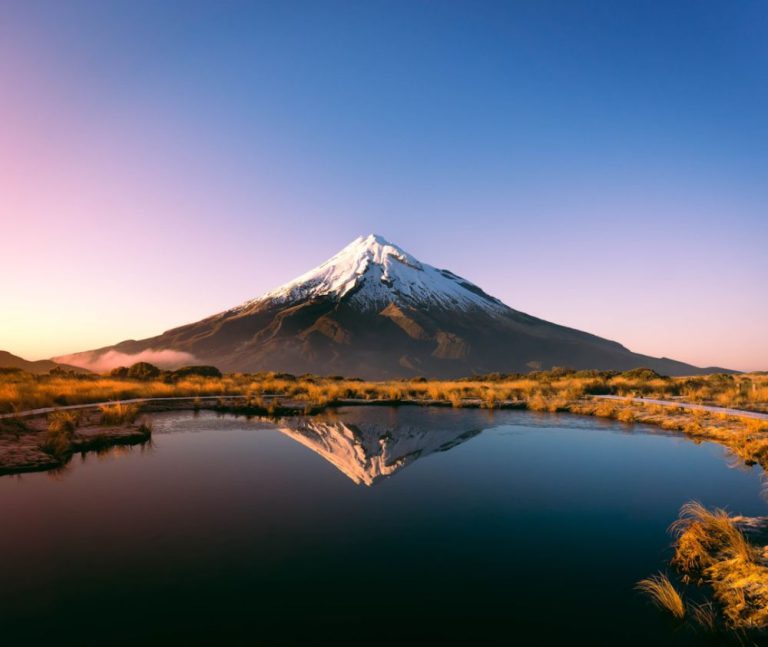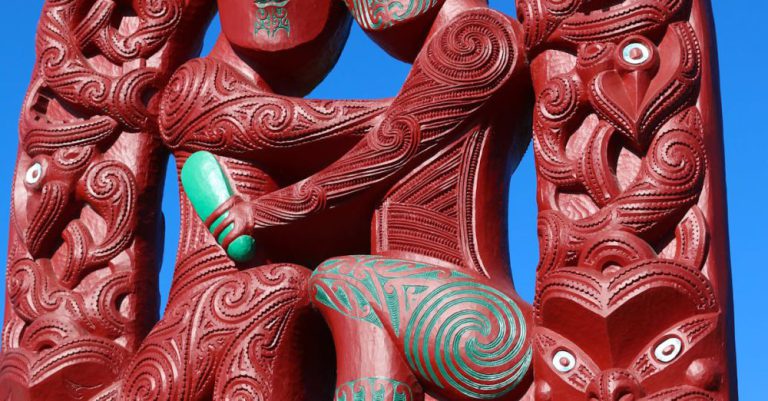
Maori tattoos, also known as “ta moko,” hold significant cultural and spiritual meanings for the indigenous Maori people of New Zealand. These intricate designs are not merely decorative; they represent a person’s identity, heritage, and life journey. The art of Maori tattooing is deeply rooted in tradition and carries a rich history that reflects the values and beliefs of the Maori community. Let’s delve into the significance of Maori tattoos and explore the profound meanings behind these iconic symbols.
**Cultural Identity and Heritage**
Maori tattoos play a crucial role in expressing cultural identity and preserving the heritage of the Maori people. Each tattoo design is unique and tells a personal story that connects the individual to their ancestors and tribal roots. The patterns and symbols used in Maori tattoos are derived from nature, mythology, and tribal history, making them a visual representation of Maori culture and traditions. Through these intricate designs, Maori individuals proudly display their heritage and celebrate their roots.
**Spiritual Connection and Protection**
Beyond their cultural significance, Maori tattoos also hold deep spiritual meanings for the wearers. Traditionally, receiving a ta moko was a sacred and ritualistic process that symbolized a person’s connection to the spiritual world. The act of tattooing was believed to imbue the wearer with spiritual protection and guidance, serving as a shield against negative forces and bringing them closer to their ancestors and gods. Maori tattoos were not just adornments; they were spiritual markers that guided individuals through life’s journey and protected them from harm.
**Social Status and Rank**
In Maori society, tattoos were also used to signify social status and rank within the community. Different tattoo designs and placements conveyed specific information about a person’s background, achievements, and role within the tribe. For instance, high-ranking individuals or warriors might have more elaborate and extensive tattoos that denoted their leadership and prowess. By wearing these symbols of status proudly, Maori individuals showcased their roles and contributions within the community, earning respect and recognition from their peers.
**Personal Journey and Achievements**
Maori tattoos are not just symbols of cultural identity or social status; they also serve as markers of personal journeys and achievements. Each tattoo design is carefully planned and created to reflect the wearer’s experiences, challenges, and triumphs. From traditional symbols representing strength and courage to intricate patterns symbolizing growth and resilience, Maori tattoos encapsulate the wearer’s life story in a visual form. By adorning their bodies with these meaningful designs, individuals honor their past, celebrate their present, and look towards the future with pride and determination.
**Legacy and Continuity**
One of the most significant aspects of Maori tattoos is their role in preserving the legacy and continuity of Maori culture. Through the timeless art of ta moko, the traditions and values of the Maori people are passed down from generation to generation. Younger members of the community receive tattoos that honor their heritage and connect them to their ancestors, ensuring that the cultural practices and beliefs of the Maori people endure over time. Maori tattoos are not just symbols on the skin; they are living testaments to the vibrancy and resilience of the Maori culture.
**In Summary**
Maori tattoos are more than just body art; they are profound expressions of cultural identity, spiritual connection, social status, personal journey, and legacy. These intricate designs carry the weight of centuries of tradition and history, symbolizing the values and beliefs of the Maori people. Through the art of ta moko, individuals proudly display their heritage, honor their ancestors, and celebrate their unique life stories. The significance of Maori tattoos goes beyond aesthetics; it is a powerful testament to the enduring spirit and legacy of the Maori culture.





